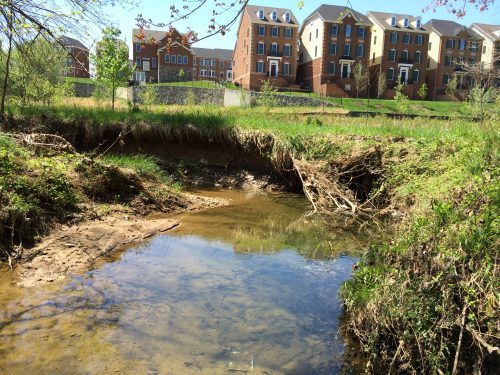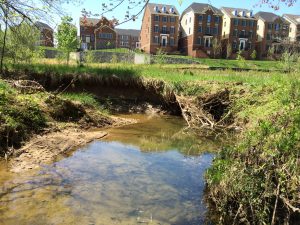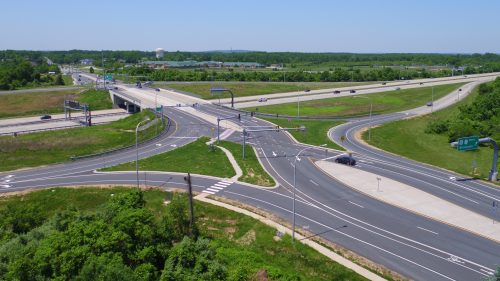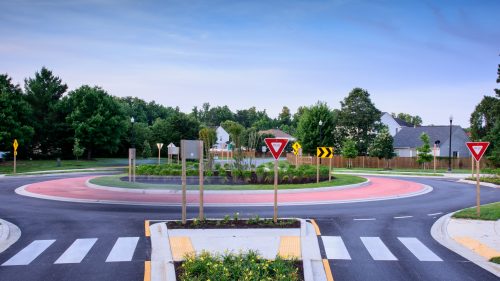Great Seneca Creek Tributary Restoration
Great Seneca Creek Tributary Restoration
JMT designed a stream restoration project that restored more than 5,200 feet of stream, fulfilled the compensatory mitigation requirements of unavoidable impacts to Waters of the United States, and provided stormwater water quality benefits for the total maximum daily load (TMDL) goals of the watershed.
Our team utilized the “Accounting of Stormwater Wasteload Allocations and Impervious Acres Treated” guidance manual for national pollutant discharge elimination systems (NPDES) for stormwater as part of our design. We conducted an in-depth, multidisciplinary assessment to support the design. Geomorphic assessments included reviewing previous studies, natural resource inventories, historic investigations, hydrologic and hydraulic analyses, stream bank sediment and soil studies, sediment mobility studies, and geomorphic data analyses to develop an understanding of the existing impacts within the stream corridor, current geomorphic processes, and causes of instability.
Our design established a restored floodplain elevation that corresponds closely to the elevation of the historic floodplain valley bottom that existed prior to damming, deforestation, and associated sedimentation following European settlement of the region. By reconnecting the proposed streambed to the basal gravels of the historic floodplain and providing a permeable layer in a well-connected floodplain, multiple environmental benefits will be realized, including flood flow attenuation, improved hyporheic exchange, wetland restoration, and functional uplift of stream and wetland habitats.
To expedite permitting, JMT worked closely with state and federal regulatory agencies to address permitting issues and obligations, integrating a diverse array of agency comments into the final design. We developed a diverse design alternatives analysis to demonstrate the final design as the preferred alternative, achieving the greatest functional uplift with appropriate avoidance, minimization, and mitigation measures addressing resource impacts on site. Measures included the re-use of woody vegetation as an integral habitat substrate of the stream restoration, providing wetland texture, stream grade control, and providing enhanced denitrification biochemical benefits in the hyporheic zone.




